Nation grows in step with ASEAN role
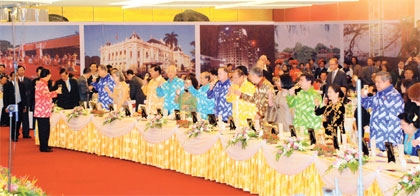
On July 28, 1995, Vietnam arrived on the international stage by officially becoming the seventh member of ASEAN in Brunei, the host country of the 28th ASEAN Foreign Ministers’ Meeting.
Since then, Vietnam has actively riveted ASEAN’s cooperation and made substantial contributions to shaping the bloc’s future, especially in 2010 when it played a key role as ASEAN chair.
Minister of Foreign Affairs Pham Binh Minh said Vietnam had proposed key priorities for ASEAN’s development. The priorities included translation of the association’s visions to actions and building the bloc’s roadmap to an ASEAN community. The priorities also comprised a deepened relationship between the association and its partners, and the enhancement of the association’s capacity in coping with rising challenges regionally and globally.
Minh noted Vietnam had successfully organised the 16th ASEAN Summit in April 2010, the 43rd ASEAN Foreign Ministers’ Meeting and related meetings in July 2010, and the 17th ASEAN Summit and related meetings in October, 2010.
“This has created firm and important groundwork for ASEAN to boost its actions in these priorities, helping concretise the vision about the ASEAN Community,” he said.
Minh said that under Vietnam’s ASEAN watch, many strategically important decisions were adopted in 2010, such as the Master Plan on ASEAN Connectivity, declaration on strengthening cooperation in overcoming aftermath of economic crisis and climate change, the decision to expand the East Asia Summit and invite Russia and the US to join this summit, and the lifting of ASEAN-South Korea relationship to a strategic level.
Deputy Minister of Foreign Affairs Pham Quang Vinh said that at the Phnom Penh-based 45th ASEAN Foreign Ministers’ Meeting (AMM 45) and related meetings in July, 2012, Vietnam urged other member countries to stress the bloc’s urgency to build the ASEAN Community by 2015, strengthen regional links and solidarity and ASEAN Connectivity, narrow countries’ development gap and develop ASEAN’s relationship with partners.
According to the Ministry of Foreign Affairs’ leaders, the bloc’s member countries appreciated Vietnam’s great role in joining the countries’ efforts to deepen intra-bloc relationship and ties between ASEAN and its partners so as to create the strength to cope with common challenges like natural disasters, climate change and financial crisis.
Vinh noted that from now to 2015, when the ASEAN Community would be established, Vietnam would focus on important tasks as follows.
Firstly, Vietnam would together with ASEAN to boost and propose proper policies to further strengthen the regional solidarity and cooperation, to continue expanding and sharpening the ties between ASEAN and its partners.
Secondly, Vietnam would continue enhancing ASEAN’s role in boosting dialogues, cooperation and building up confidence for the sake of peace, security and stability in the region. Also Vietnam would together with other countries in the bloc prevent conflicts and settle all disputes peacefully.
Thirdly, Vietnam would combine with other member countries to give due attention and resources to fully and responsibly implement all agreements in the roadmap to build the ASEAN Community, ensuring all targets would be reached on time and effectively solving and coping with current challenges.
According to the Ministry of Industry and Trade (MoIT), ASEAN has been Vietnam’s third largest export market, after the US and European Union. Also, ASEAN has always been Vietnam’s second largest goods supplier, after China.
The trade turnover between Vietnam and other ASEAN member countries has significantly augmented year-on-year. Specifically, the turnover soared from $1.1 billion in 1995 to $14.91 billion in 2005 and $29.77 billion in 2008. In 2009, the global economic crisis reduced the trade turnover to $22.41 billion, down nearly 25 per cent on-year. However, this figure increased to $23.8 billion in 2010 and $34.5 billion last year.
According to the General Statistics Office, this year’s first seven months saw the turnover reduce to $21.4 billion due to the local and global shrinking demand for production and consumption.
Vietnam’s annual exports to ASEAN markets include farm produce, crude oil, garments and textiles, footwear and electronics goods which occupy nearly 40 per cent of Vietnam’s total export turnover.
According to the MoIT, Vietnam would have more opportunities to boost its exports to the ASEAN member markets in the future, because ASEAN member countries would remove all non-tariff barriers by 2015.
For instance, regional countries would have to reduce 90 per cent of import tariff lines to zero under free trade agreements (FTAs) within ASEAN by 2015. The majority of the remaining tariff lines will have to be slashed to zero per cent by 2018.
For instance, under the ASEAN FTA’s Common Effective Preferential Tariff, from 2010 to 2013, Vietnam would have to cut import tariff lines of its key products like rice and wheat, petrol and oil, garment and footwear materials, and automobiles from the respective levels of 6.43, 40, 2.39 and 29.96 per cent to 3.21, 12.23, 2.3 and 22.35 per cent, respectively.
Truong Dinh Tuyen, former Minister of Trade, said FTAs were “great opportunities for Vietnam to access markets, export goods and attract foreign investment in ASEAN.”
According to Vietnam’s Ministry of Planning and Investment (MPI), by June, 1995, ASEAN member countries invested nearly 200 investment projects with total registered capital of over $2 billion in Vietnam, occupying 15 per cent of the country’s total registered foreign direct investment (FDI).
By late July, 2012, Vietnam was home to 2,019 investment projects with total registered capital of $45.86 billion from eight ASEAN member countries, with Singapore (1,063 projects with registered capital of $23.32 billion), Malaysia (422, $11.13 billion), Thailand (289, $5.92 billion), Brunei (129, $4.85 billion), the Philippines (63, $303 million), Indonesia (32, $220 million), Laos (9, nearly $67 million) and Cambodia (12, $53.7 million).
ASEAN investment into Vietnam currently occupies 22.23 per cent of the country’s total FDI.
MPI Minister Bui Quang Vinh said the government would in 2013 continue its big investment promotion programmes in many key destinations in the world including ASEAN member countries.
“Investment potential in ASEAN member countries is great and we should continue luring investors from ASEAN,” Vinh said.
According to an April, 2012-released ASEAN Business Advisory Council (ABAC) survey conducted among 405 businesspeople in the region about ASEAN business environment, investors in South East Asia ranked Vietnam second in terms of most attractive investment destination.
What the stars mean:
★ Poor ★ ★ Promising ★★★ Good ★★★★ Very good ★★★★★ Exceptional
 Tag:
Tag:
Related Contents
Latest News
More News
- Thailand urged to increase proportion of renewable power generation (April 23, 2024 | 11:53)
- World Health Summit Regional Meeting opens (April 22, 2024 | 10:38)
- Vietnam to have many opportunities from digitalisation, green transformation: IMF (April 19, 2024 | 17:45)
- Malaysia sets up clean energy exchange (April 16, 2024 | 16:59)
- Indonesia issues dengue fever warning to Bali tourists (April 16, 2024 | 16:53)
- Trade facilitation ahead with ASEAN-India deal upgrade (April 15, 2024 | 17:00)
- ASEAN strength to be built on with trade reforms (April 15, 2024 | 14:58)
- Malaysian airlines to charge carbon levy soon (April 15, 2024 | 09:21)
- Malaysia issues heatwave alert for 14 areas (April 15, 2024 | 09:12)
- China, Thailand forge alliance for moon exploration (April 15, 2024 | 08:00)




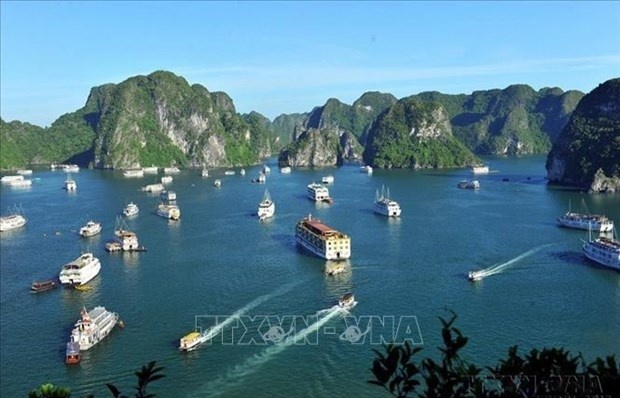

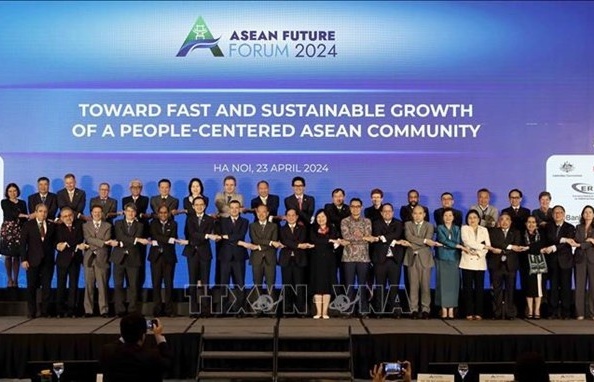
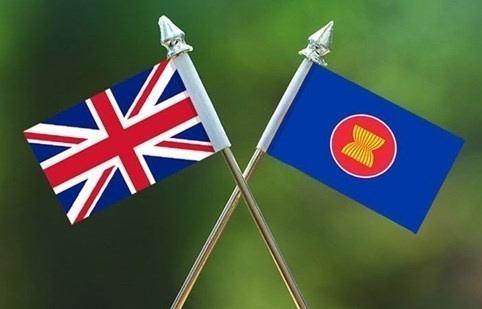
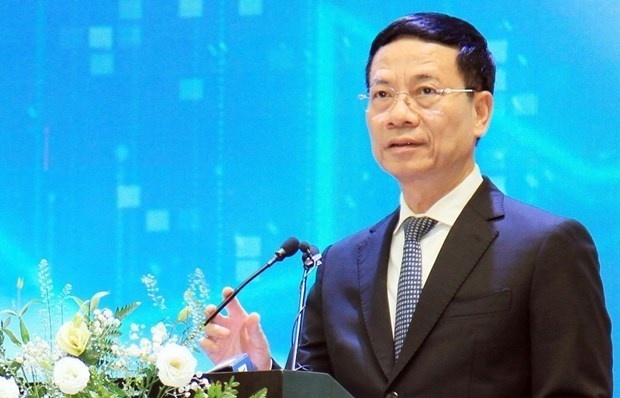
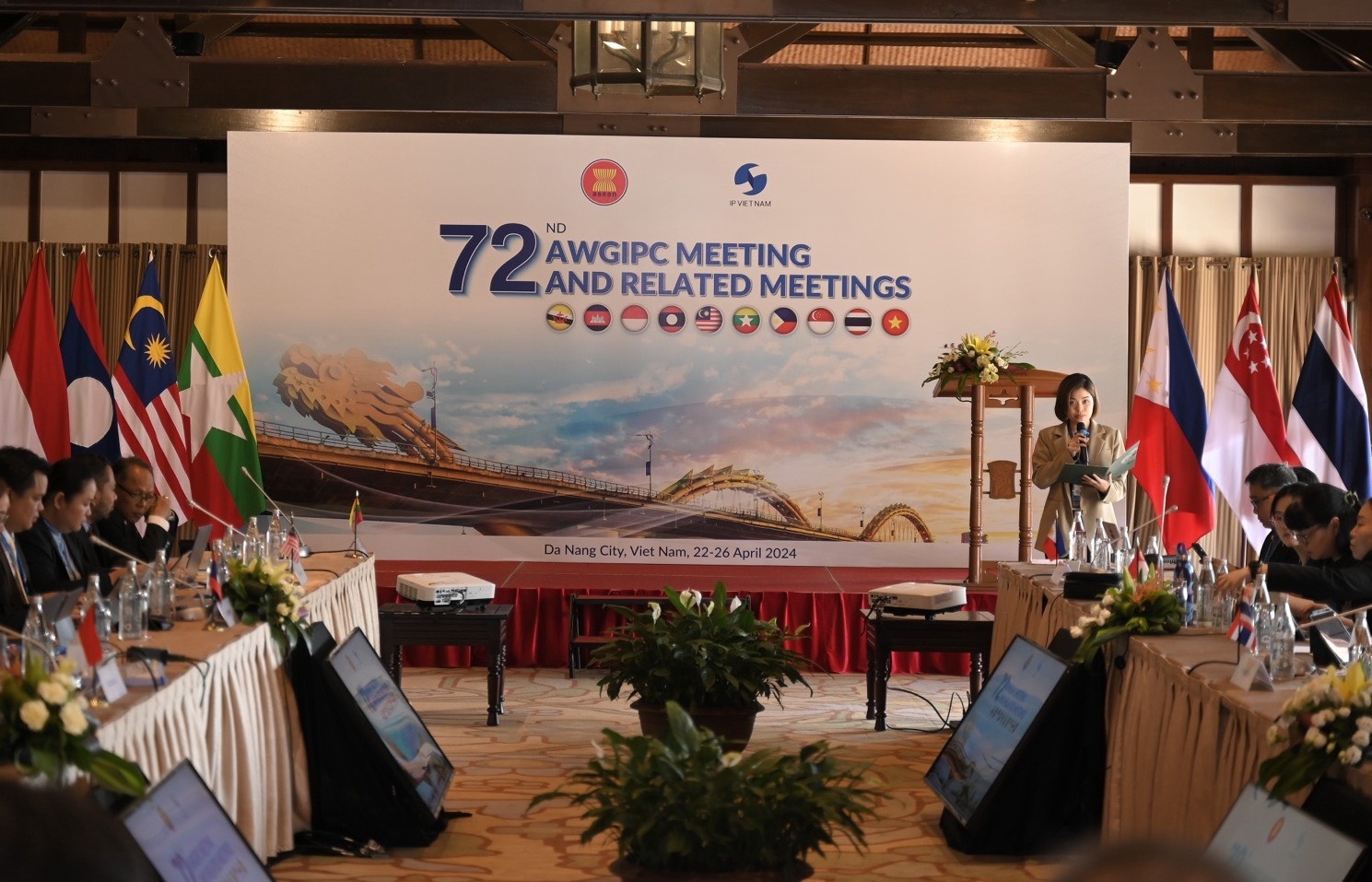




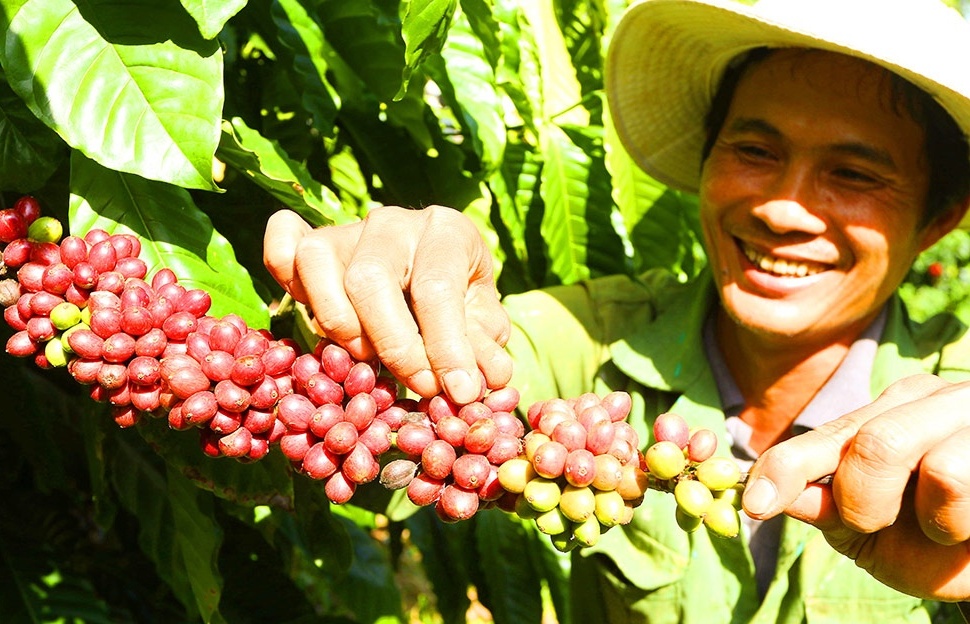
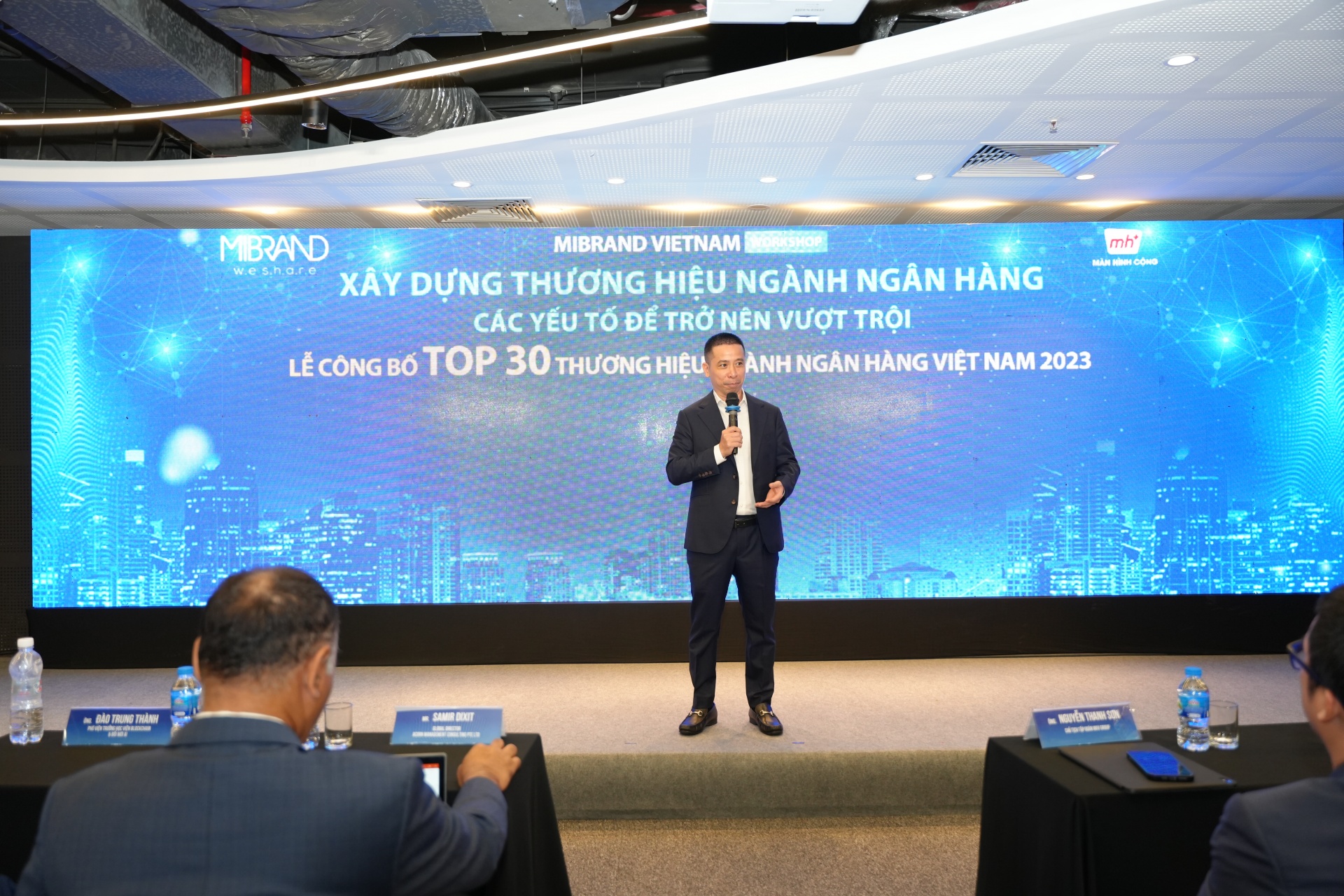



 Mobile Version
Mobile Version